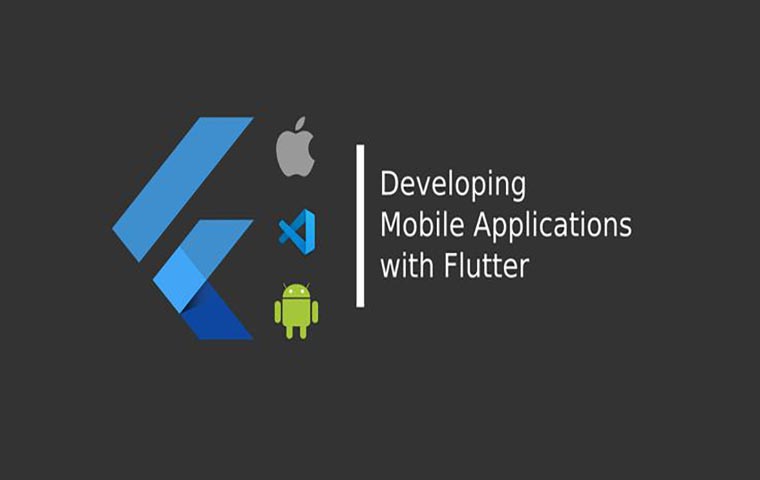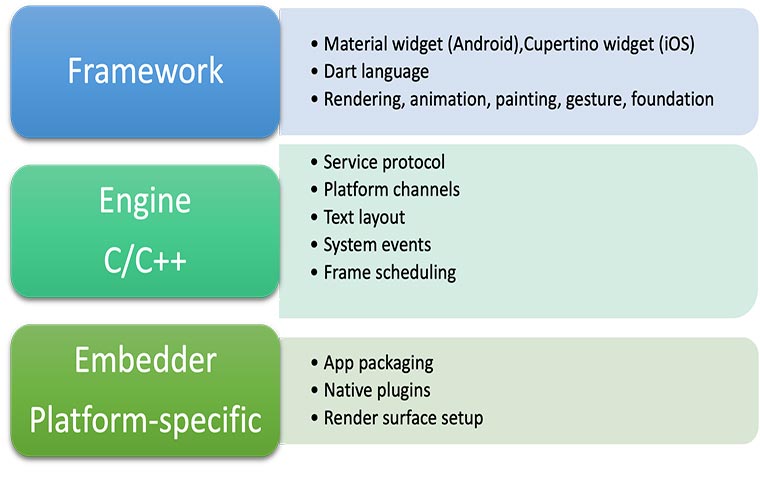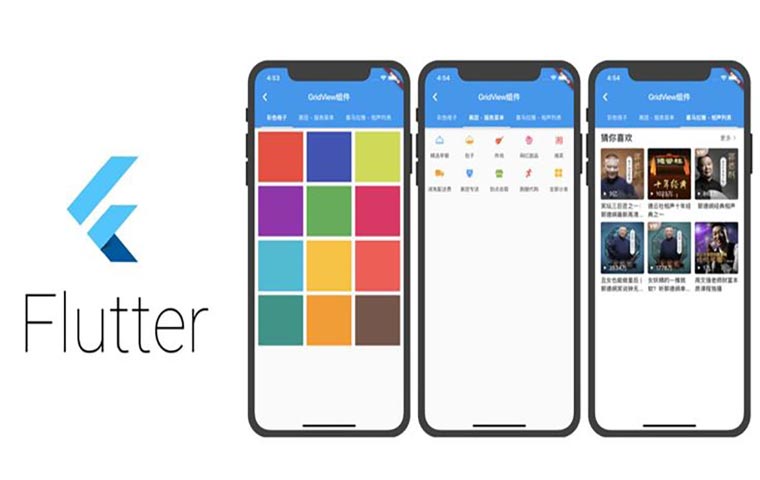The New Era of AI in 2025: From Gemini 3 to Creative AIs
Learn about the best AI tools for 2025, including Nano...
We use cookies for our website to give you the most relevant experience by remembering your preferences. By clicking “accept”, you consent to use of ALL the cookies
This website uses cookies to improve your experience while you navigate through the website. Out of these, the cookies that are categorized as necessary are stored on your browser as they are essential for the working of basic functionalities of the website. We also use third-party cookies that help us analyze and understand how you use this website. These cookies will be stored in your browser only with your consent. You also have the option to opt-out of these cookies. But opting out of some of these cookies may affect your browsing experience.
Necessary cookies are absolutely essential for the website to function properly. These cookies ensure basic functionalities and security features of the website, anonymously.
| Cookie | Duration | Description |
|---|---|---|
| cookielawinfo-checkbox-functional | 11 months | This cookie is set by GDPR Cookie Consent plugin. The cookie is used to store the user consent for the cookies in the category “Analytics”. |
| cookielawinfo-checkbox-functional | 11 months | The cookie is set by GDPR cookie consent to record the user consent for the cookies in the category “Functional”. |
| cookielawinfo-checkbox-necessary | 11 months | This cookie is set by GDPR Cookie Consent plugin. The cookies is used to store the user consent for the cookies in the category “Necessary”. |
| cookielawinfo-checkbox-others | 11 months | This cookie is set by GDPR Cookie Consent plugin. The cookie is used to store the user consent for the cookies in the category “Other. |
| cookielawinfo-checkbox-performance | 11 months | This cookie is set by GDPR Cookie Consent plugin. The cookie is used to store the user consent for the cookies in the category “Performance”. |
| viewed_cookie_policy | 11 months | The cookie is set by the GDPR Cookie Consent plugin and is used to store whether or not user has consented to the use of cookies. It does not store any personal data. |
Functional cookies help to perform certain functionalities like sharing the content of the website on social media platforms, collect feedbacks, and other third-party features.
Performance cookies are used to understand and analyze the key performance indexes of the website which helps in delivering a better user experience for the visitors.
Analytical cookies are used to understand how visitors interact with the website. These cookies help provide information on metrics the number of visitors, bounce rate, traffic source, etc.
Advertisement cookies are used to provide visitors with relevant ads and marketing campaigns. These cookies track visitors across websites and collect information to provide customized ads.
Other uncategorized cookies are those that are being analyzed and have not been classified into a category as yet.
Cyberia Tech, Inc. respects your privacy. This Privacy Policy explains how we collect, use, and share your information. By using our services, you agree to this policy. If any other agreements conflict with this Privacy Policy, the terms of those agreements prevail.
Cyberia Tech complies with the EU-US and Swiss-US Privacy Shield Frameworks for handling personal data from the EEA, UK, and Switzerland. In case of any conflict, the Privacy Shield Principles prevail. Learn more at Privacy Shield. Key Definitions
Information linked to an individual, transferred from the EEA, UK, or Switzerland to the U.S.
Data revealing race, religion, health, sexual orientation, and similar categories.
Effective Date: [ 2025 / 12 / 24 ]
Welcome to The Cyberia Tech ! By accessing or using our website or services, you agree to
comply with and be bound by these Terms of Use and our Privacy Policy. If you do not agree with
these terms, please do not use our Services.
Loading
0 %

You’ve probably heard about the Flutter Cross Platform. A well-known definition in the field of mobile app development. Some developers have been bold and taken chances in order to create a flutter cross platform app development that will be famous in 2023.
If you’re not sure what it is, this article will explain the reasoning behind this mobile flutter cross platform. This name gives you a lot of alternatives for expanding your app. Some believe it will be a powerful competitor to React Native.
Wait and read to find out if it’s true. After reading, consider whether this cross-platform is correct.
Table of Contents
You know, as technology advances, cross platform frameworks will reveal additional levels of development in mobile apps. (In the CyberiaTech blog, we discuss what we think is the best backend for the flutter framework.)
This software development kit and open source, which runs on both Android and iOS, is completely scalable. Why is Flutter cross platform so quick?
Because it is written in ARM or Intel machine code. The flutter cross platform is not a good choice if you are a right-wing conservative developer or even a person. Build your app on this platform if you’re willing to take a chance.

It works on any device and platform. You may put your faith in its international community since you have full authority over its codebases, tests, and development tools. It also has the backing of Google and has been tried and tested by several reputable names in the industry.
The third and most important advantage is that a single codebase may be used across mobile, web, desktop, and embedded devices. Having a unified codebase will streamline the development process and cut down on wasted time for a specific project. The design case is when the hardware-accelerator graphics really shine.
The alternative is the rendering engine, which manages every widget library and pixel to provide a seamless presentation.
To define, flutter is made of 3 main parts.
Let’s see each of these parts in detail:

Flutter’s efficiency is directly impacted by the language choice of Dart. It’s compatible with the AOT and JIT. Other features like hot reloading and a complete set of UI widgets are available as well. While we did say Cupertino for iOS and Material for Android, neither of those things are required. They are interchangeable between uses.
You won’t need to worry about not having enough packages; the vast selection covers everything from sensors and cameras to web sockets and push notifications to embedded databases and image processing.
Widgets are at the heart of flutter. Because of the SDK, each component follows a predefined design pattern. Because of their compact nature, Flutter widgets lend themselves well to straightforward optimization. So, what exactly is the use? Feels like a native app right away.
The app is faultless when it comes to altering and adding features because of the ease with which Flutter can cross-platform. Since the rendering engine in Skia does not require a dedicated UI component—unlike in React Native and Xamarin—the UI may be written in Flutter regardless of the device being used.
Flutter’s efficiency is directly impacted by the language choice of Dart. It’s compatible with the AOT and JIT. Other features like hot reloading and a complete set of UI widgets are available as well. While we did say Cupertino for iOS and Material for Android, neither of those things are required. They are interchangeable between uses.
You won’t need to worry about not having enough packages; the vast selection covers everything from sensors and cameras to web sockets and push notifications to embedded databases and image processing.
Widgets are at the heart of flutter. Because of the SDK, each component follows a predefined design pattern. Because of their compact nature, Flutter widgets lend themselves well to straightforward optimization. So, what exactly is the use? Feels like a native app right away.
The app is faultless when it comes to altering and adding features because of the ease with which Flutter can cross-platform. Since the rendering engine in Skia does not require a dedicated UI component—unlike in React Native and Xamarin—the UI may be written in Flutter regardless of the device being used.

In a word, no. Any system will inevitably have some flaws. Some details that are important to keep in mind while utilizing it are missing.
You can do a search for “Flutter apps” to learn more about them and decide if they suit your needs.
Google made Flutter, an open-source system for making cross-platform apps that work well and can be expanded. Its codebase works on any device and helps developers make high-performance apps with beautiful and useful user experiences that can compete with Android and iOS native apps. (ice.aiub.edu)
Is Flutter the most popular cross-platform?
Flutter has a lot of advanced features that make developing cross-platform mobile apps easier and faster. Cross-platform development lets you make versions of an app for both iOS and Android by using a single script and UI engine.
Even though both Flutter and React Native apps are native, they are better than standard native app creation because they can share a lot of code between platforms.
If you’ve settled on a flutter cross platform build for your app, you can rest assured that it will scale to meet your needs. Developers now have additional options when working with open-source technologies thanks to cross-platform apps.
The efficacy of Google’s mobile Flutter cross platform efforts cannot be disputed. Everyone involved, from the app’s creator to its end users, stands to benefit greatly from this chance. You can rely on Flutter cross platform app development to create your app since it offers several benefits that aren’t available on any other platforms.
Contact us if you want to grow your company without draining your resources. If you have any thoughts or opinions about this technology, please feel free to share them.
You Can Get More Information!
